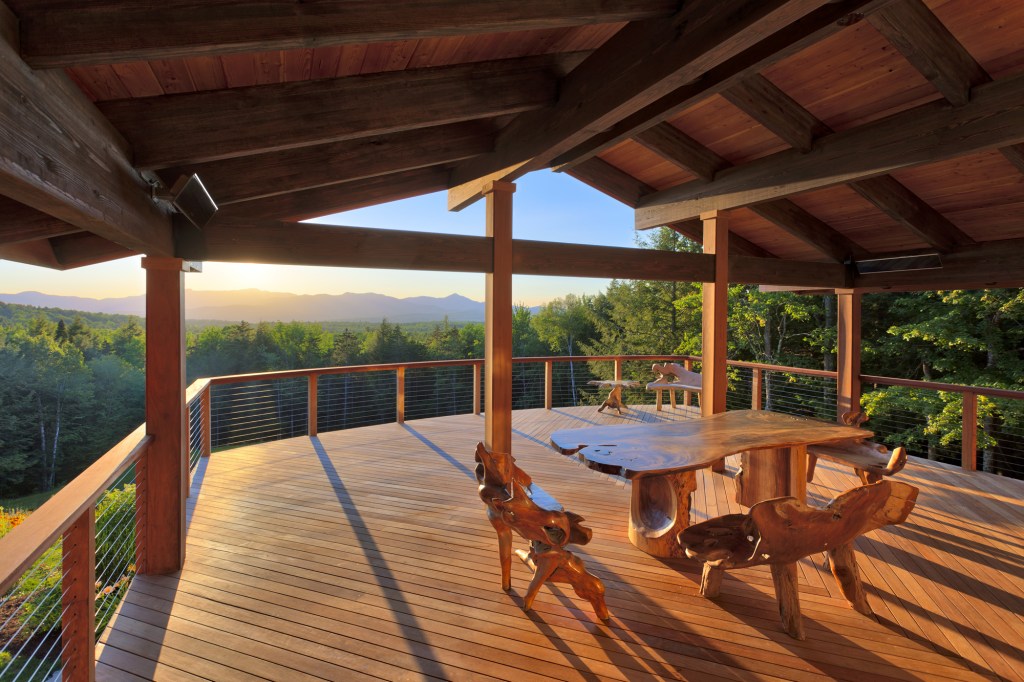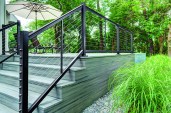Bob Kiefer had built big decks before. But none has been bigger than the “megadeck” he built in the wilds of Vermont.
“It started as a covered area on the back of the house and it just kept growing,” says Kiefer, owner of Decks by Kiefer. By the time he was finished, that smallish deck expanded into a two-level 2,000 square-foot wraparound extravaganza with vaulted ceilings.
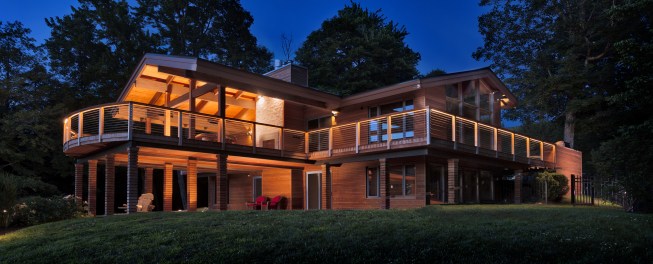
But doing a massive project like Kiefer’s involves more than just building a bigger deck. Multiple stories and long spans require more careful thought and attention than typical-sized decks. Without that kind of forethought, megadecks can quickly turn into mega-nightmares that end up sagging and even collapsing.
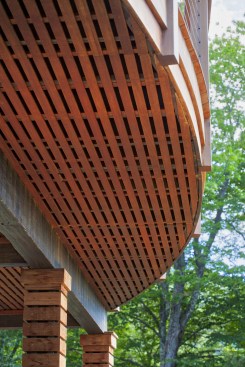
Here are four mistakes to avoid when building megadecks.
Relying on typical support beams. With a massive deck, comes a massive need for support. That means using large treated glued-laminated (glulam) beams, which also reduce the number of columns and help preserve the view if doing multi-level or covered decks. “If you didn’t use engineered beams, you’d have a post every 8 feet using 2×10 girders,” Kiefer explains. “With the glulam, we were able to do 20-foot spans.” Kiefer also recommends using different grades of glulam: construction and finished. For finished beams, he simply stained them to match the rest of the Ipe wood. The construction-grade beams got a dark stain and then Kiefer cleverly wrapped the posts with scrap pieces of Ipe wood from the deck for a custom look.
- Using traditional wood rail infill. As with many decks, this one was all about the view. So rather than traditional wood picket railing, Kiefer used cable rail infill to preserve the panoramic view of the mountains and lake. But he also said the cable rail was chosen for its low maintenance and cost compared to wrap-around glass. “There’s just less cleaning with cable and it really lets that view come in,” he says. “By the time you curve the glass it gets very expensive.”
- Doing short cable rail runs. While cable rail offers low maintenance and an unobstructed view, it can get quite expensive if builders don’t know how to do longer cable runs. Kiefer used 20-foot to 30-foot-long runs, requiring fewer overall cable assemblies and less hardware. He estimates this saved him about 40 percent on the cable alone. He was also able to save money and help open the view by using single rather than double posts at the corners to terminate the cables. Since the cable fittings attach through the post and bear up against the outside face, Kiefer had to slightly offset the drill holes for opposing cable runs in order to provide clearance for the fittings inside the post. He says because there are so many holes, this trick only works on extremely strong Ipe posts. Otherwise, long cable runs require double corner posts.
- Using inadequate equipment and manpower. Big decks require big equipment. For larger projects, Kiefer said it’s important to plan for both a small crane to lift heavy beams and an excavator to dig footings. “A machine probably cost $300 to $400 a day, but it does the work of five men,” he says. Additionally, he says large decks require large crews of 6 or more rather than just a few workers. “You can’t go into a project like this with too small of a crew,” he says.
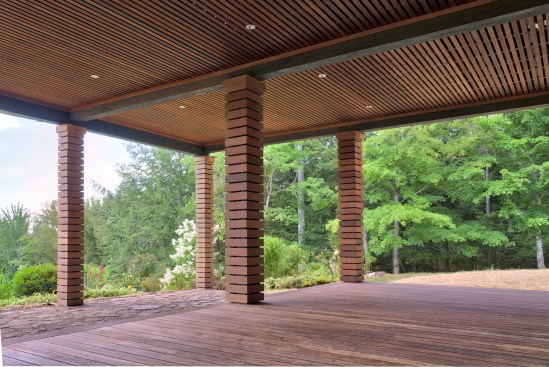
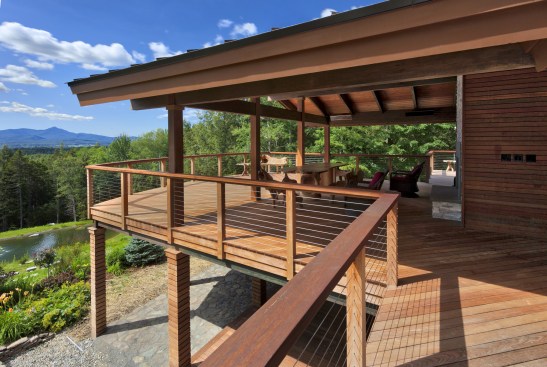
For more on cable rail infill installation options for large decks, visit http://www.feeneyinc.com
